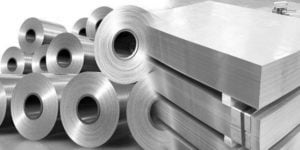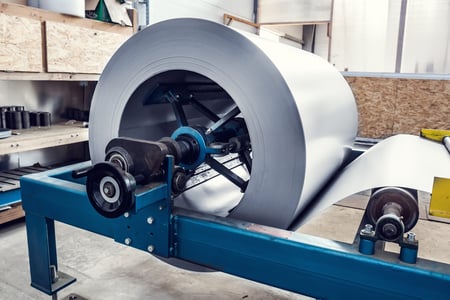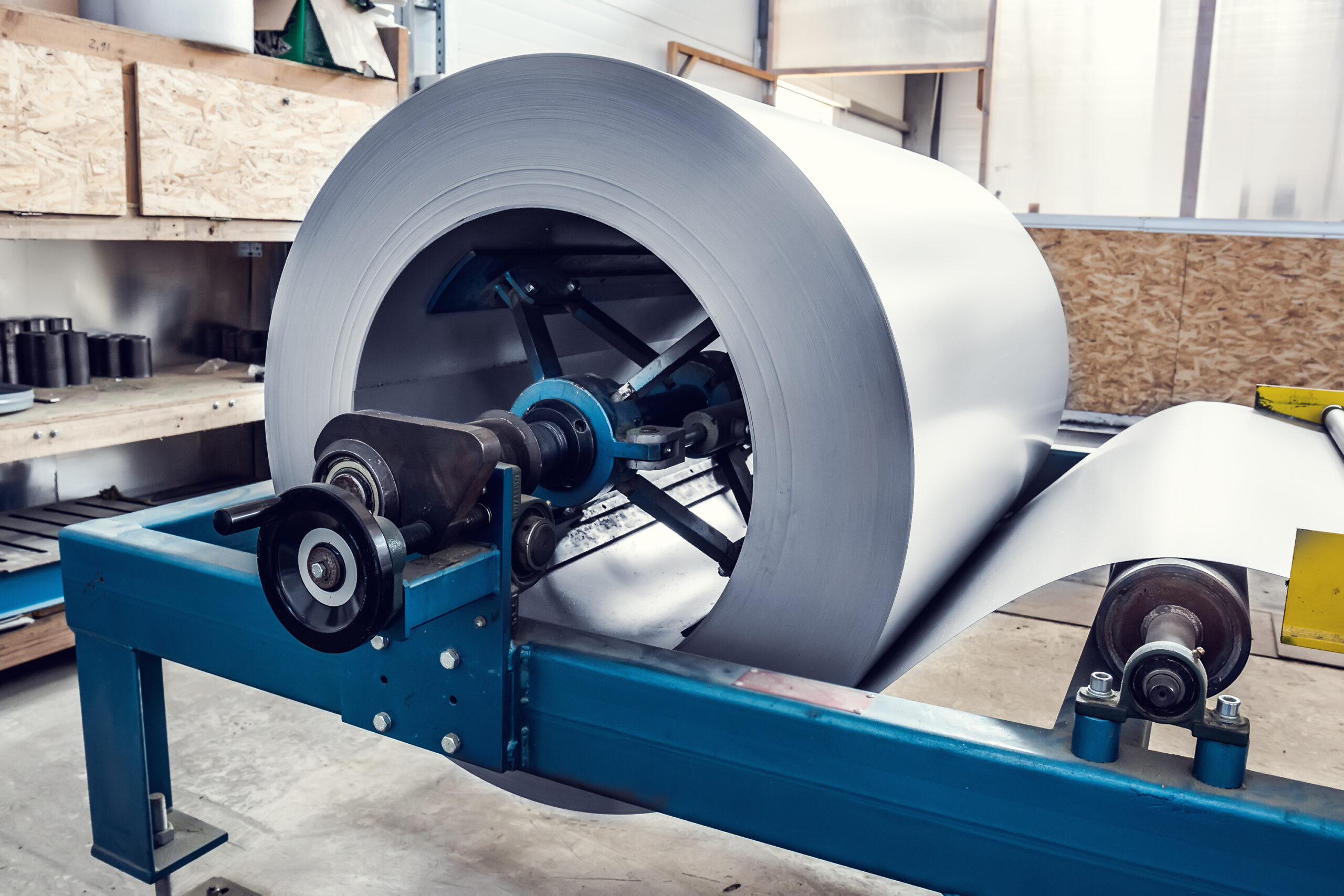One of the key factors that makes roll forming so adaptable is the wide range of metals that can be used in the process. Success in the roll forming process, therefore, depends significantly on the choice of material for each project, as this will determine the formability, durability, and overall performance of the final product. In this blog post, we'll dive into the most popular metals used in roll forming and their unique properties, advantages, and applications.
The Most Common Metals Used in Roll Forming and Why
Steel - The Workhorse of Roll Forming
Steel is perhaps the most common and widely-used metal in roll forming. Its popularity can be attributed to its exceptional strength, durability, and affordability. Roll forming with steel allows for the creation of a wide range of profiles, from simple channels to complex automotive components.
There are various types of steel used in roll forming, including:
- Hot-rolled steel: Known for its malleability and ease of formability, hot-rolled steel is often used in applications where strength and cost-effectiveness are essential, such as in structural components.
- Cold-rolled steel: This type of steel offers improved surface finish and dimensional accuracy. It's commonly used in applications requiring tight tolerances and a polished appearance, like in appliance manufacturing.
Aluminum - Lightweight and Corrosion-Resistant
Aluminum is favored in roll forming for its lightweight nature and resistance to corrosion. It is often chosen when weight reduction and aesthetics are crucial, as in the production of automotive parts, aerospace components, and architectural profiles. Aluminum's high strength-to-weight ratio makes it an excellent choice for applications where durability is required without adding excess weight.
Stainless Steel - The Corrosion Fighter
Stainless steel, with its corrosion-resistant properties, is ideal for roll forming in environments exposed to moisture, chemicals, or extreme temperatures. It's frequently used in the food and beverage industry, construction, and transportation for components that need to withstand harsh conditions. While it may be more expensive than regular steel, the long-term benefits make it a wise investment for some industries.
Copper - For Electrical and Decorative Applications
Copper combines excellent electrical conductivity with a striking appearance. It's commonly used in roll forming for electrical components, such as busbars and connectors. Additionally, its unique aesthetic qualities make it a preferred choice for architectural detailing and roofing.
Brass - A Blend of Copper and Zinc
Brass, an alloy of copper and zinc, is known for its corrosion resistance, malleability, and attractive golden appearance. It finds application in roll forming for decorative trims, nameplates, and musical instruments. Brass offers a luxurious finish that stands out in various architectural and interior design elements..jpg?width=600&height=400&name=Construction-min%20(1).jpg)
Other Metals - Specialized Applications
In addition to the above-mentioned metals, roll forming can be performed with other materials for specialized applications. Here are a few examples:
- Titanium: Used in aerospace and medical industries for its exceptional strength-to-weight ratio and biocompatibility.
- Nickel alloys: Chosen for their resistance to extreme temperatures and corrosive environments, nickel alloys are used in applications like heat exchangers and chemical processing equipment.
- Zinc: Roll-formed zinc is often used for roofing and cladding due to its corrosion resistance and distinctive aesthetics.
The Effects of Raw Material on Roll Formed Products
The choice of material in roll forming plays a pivotal role in determining the success of a project. Each metal has unique properties, making it suitable for specific applications. Whether you need the strength of steel, the lightweight properties of aluminum, the corrosion resistance of stainless steel, the electrical conductivity of copper, and so on, there is a metal for every roll forming requirement. Understanding the characteristics of these metals is essential for achieving the desired results in various industries and finished products, from construction to manufacturing and beyond.



